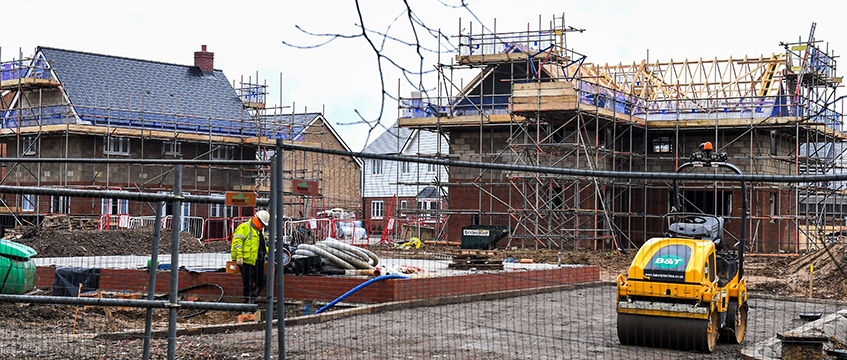The government has launched a 10-week consultation over long-awaited proposed changes to England’s National Planning Policy Framework.
It said it will gather views on “how we might develop new and revise current national planning policy to support our wider objectives”, including “levelling up”. The consultation runs until 2 March, with the government responding by the spring.
It said the revised framework will “allow us to swiftly deliver the government’s commitments to building enough of the right homes in the right places with the right infrastructure, ensuring the environment is protected and giving local people a greater say on where and where not to place new, beautiful development”.
Among the proposed changes are the creation of National Development Management Policies, which would have “a prominent role in making decisions on planning applications”; altering the definition of “affordable housing for rent” to make it easier for non-registered providers to develop affordable homes; removing the requirement for local authorities with an up-to-date plan to continually demonstrate a deliverable five-year housing land supply; measures to add more weight to social rent in planning policies and decisions; and a renewed focus on providing more homes for older people.
Royal Town Planning Institute chief executive Victoria Hill described the consultation as “a much-anticipated and welcome opportunity for planners to inform how government planning reforms intend to deliver levelling up in more detail”.
She added: “We welcome the fact government appears to have understood that uncertainty has been bad for the planning system and that a consultation like this for the public and our members is essential for a more stable system.”
Others were more critical. Ian Fletcher, director of policy at the British Property Federation, described the proposals as “a missed opportunity to overhaul the system, increase resource for our local authorities and support growth”.
He added: “The proposals give increased consideration to delivering a mix of homes to meet need, but we continue to be concerned that changes to housing targets will see fewer homes delivered and some areas of the country unable to meet their population growth. It is also clear that we still need to adequately plan for employment land to support the businesses and communities of the 21st century.”
Rob Krzyszowski, assistant director for planning, building standards and sustainability at Haringey Council, noted on social media that the paper does not address planning fees or resources within local authorities, meaning the proposals suggest “lots of change and no extra resource”.
Credit for getting statement out fast but surely RTPI’s priorities listed should mention fees/resources – despite 14 chapters the govt’s consultation on increase in planning fees is still not there despite many promises over many years. Lots of change & no extra resource! #LURB https://t.co/V8oJAWqePP
— Rob Krzyszowski (@robzowski) December 22, 2022
Nick Walkley, former chief executive of Homes England and now UK president at Avison Young, said on Twitter that a footnote in the paper suggesting density on brownfield sites should be “optimised” to “ensure that homes are built in the right places, to make the most of existing infrastructure, and to allow people to live near the services they rely on” had the potential to “tip me over”.
“Of course brownfield urban sites offer massive potential but very few fit that mythic caricature above,” Walkley wrote. “Working on these sites is tough, long term and often very expensive. Making them viable means long term support and commitment – not platitudes.”
Of course brownfield urban sites offer massive potential but very few fit that mythic caricature above. Working on these sites is tough, long term and often very expensive. Making them viable means long term support and commitment – not platitudes.
— Nick Walkley (@HomesNickW) December 22, 2022
To send feedback, e-mail tim.burke@eg.co.uk or tweet @_tim_burke or @EGPropertyNews











